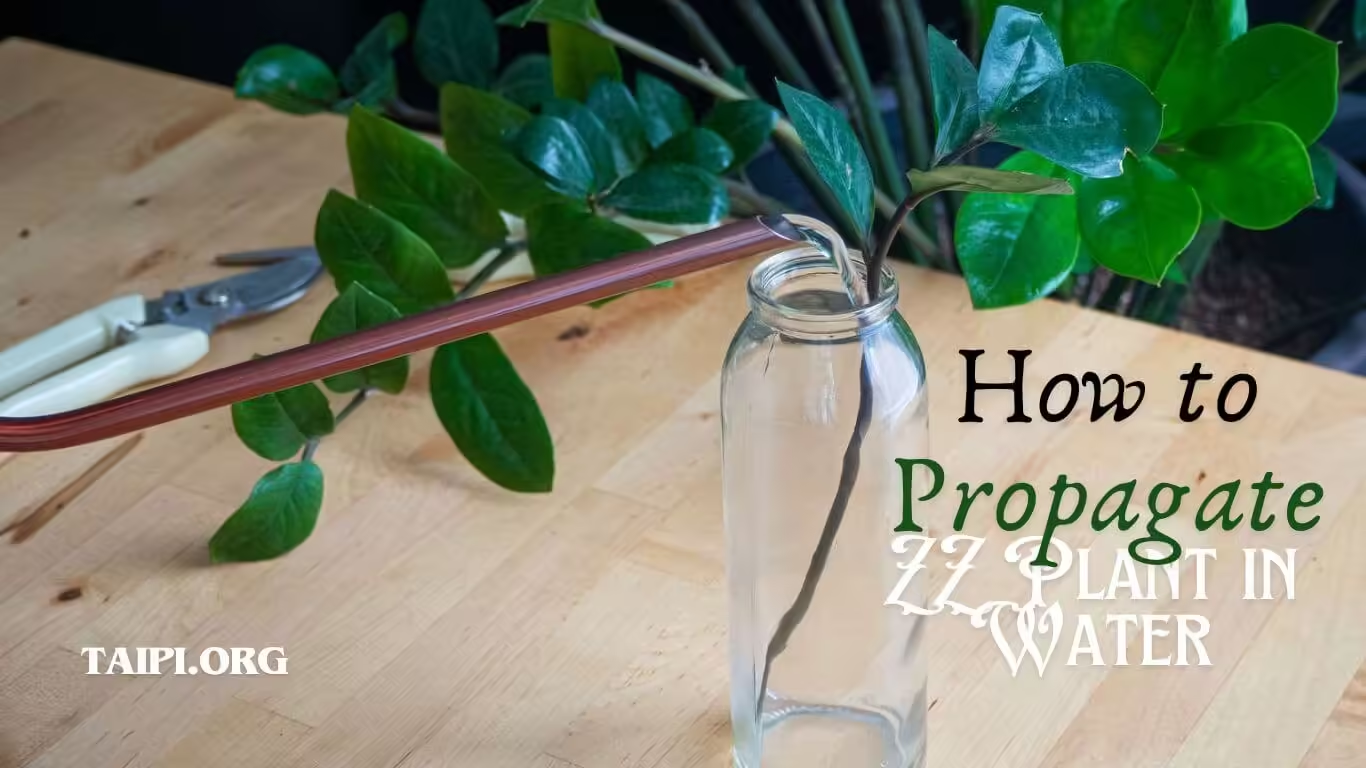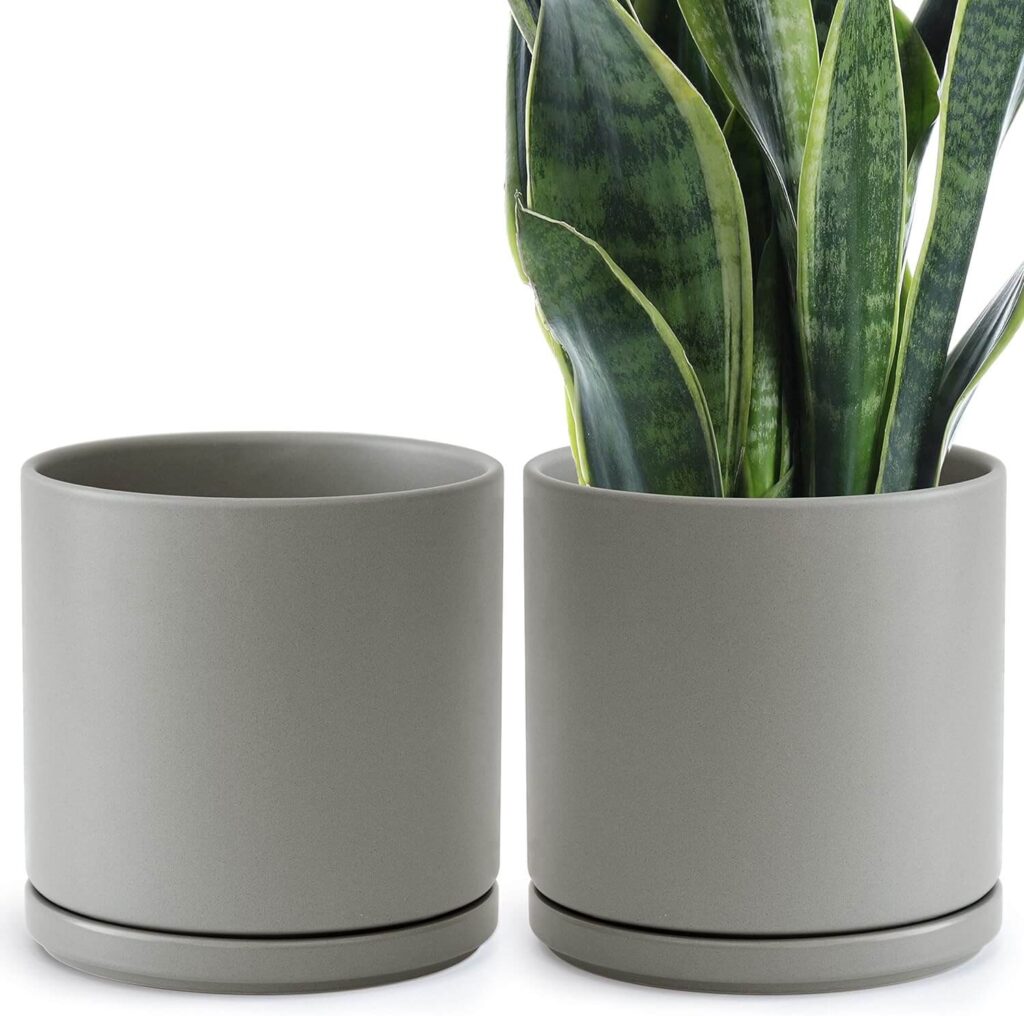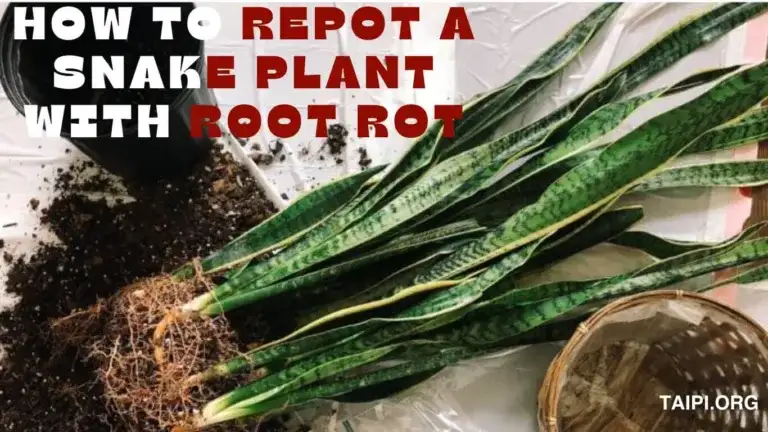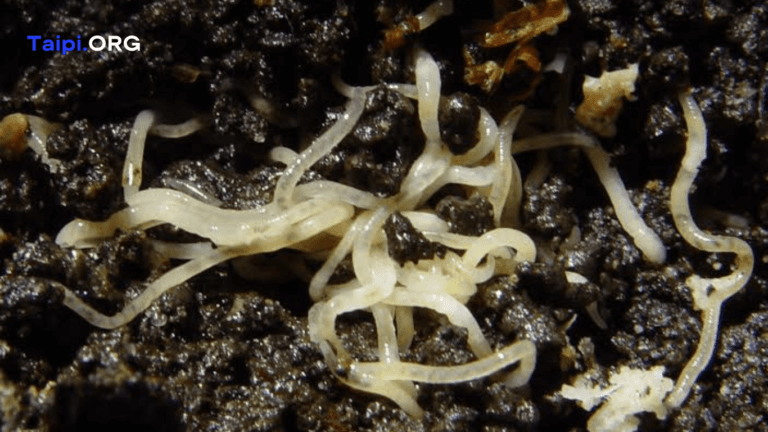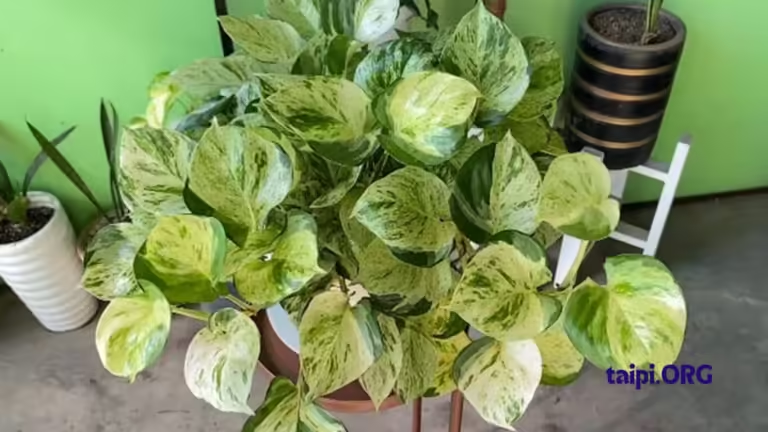How to Propagate ZZ Plant in Water
WELCOME to the fascinating world of plant propagation! If you’ve ever marveled at the lush foliage of a ZZ plant and wondered how to expand your collection without purchasing new plants, you’re in the right place. Propagating ZZ plants in water is a rewarding and relatively simple process allowing you to cultivate new plants from existing ones, possibly trimming them.

Whether you’re a seasoned plant enthusiast or a curious beginner, this guide will walk you through each step of the process, from selecting healthy cuttings to caring for your newly propagated plants.
What You’ll Need
Before diving into the propagation process, it’s essential to gather the necessary supplies. Here’s what you’ll need:
- Healthy ZZ Plant Stem Cuttings: Choose stems that are at least 4-6 inches long, with a few healthy leaves and at least one node.
- Clean, Sharp Scissors or Pruning Shears: Ensure your cutting tools are clean and sharp to make precise cuts without damaging the plant.
- Glass or Jar: Select a clean glass or jar to hold water for rooting the cuttings. Make sure it’s large enough to accommodate the cuttings without crowding.
- Room Temperature Water: Use clean, room-temperature water to immerse the cuttings. Avoid using chlorinated water, as it may hinder root growth.
- Bright, Indirect Light: Choose a location with bright, indirect light for the cuttings to root. Avoid placing them in direct sunlight, as it can heat the water and harm the plants.
- Rooting Hormone (Optional): While not necessary, the rooting hormone can help stimulate root growth and increase the propagation success rate.
You’re now ready to embark on your ZZ plant propagation journey.
Related: How Often Do ZZ Plants Grow New Shoots?
Step-by-Step Guide on Propagating ZZ Plant in Water
Let’s delve into the step-by-step process of propagating ZZ plants in water and watch as new roots take hold, giving rise to vibrant new plants for your indoor oasis.
As mentioned earlier, propagating the ZZ plant in water is a straightforward process. Follow this simple step-by-step guide to propagate ZZ plant in water:
Step 1. Select Healthy Stem Cuttings
Choose a healthy ZZ plant stem to propagate. Look for stems that are at least 4-6 inches long and have a few healthy leaves on them. Ensure that the cutting has at least one node, which is where new roots will grow.
Step 2. Prepare the Cutting
Use clean, sharp scissors or pruning shears to cut the stem just below a node. Make a clean cut to avoid crushing or damaging the stem.
Step 3. Allow the Cutting to Callus
Some gardeners recommend allowing the cut end of the stem to dry and callus for a day or two before placing it in water. This can help prevent the cutting from rotting.
Step 4. Place the Cutting in Water
Fill a clean glass or jar with room-temperature water. Place the ZZ plant cutting into the water, ensuring that the cut end is submerged. You can place multiple cuttings in the same container, but make sure they aren’t overcrowded.
Step 5. Provide Adequate Light and Warmth
Place the container with the cuttings in a location with bright, indirect light. Avoid placing them in direct sunlight, as this can cause the water to heat up too much and potentially harm the cutting.
Ensure the room temperature is warm, as ZZ plants prefer temperatures above 60°F (15°C).
Step 6. Change the Water Regularly
Change the water every few days to prevent algae growth and keep the water fresh. Rinse the container and refill it with fresh, room-temperature water.
Step 7. Wait for Root Growth
Over the next few weeks, monitor the cuttings for root growth. Roots should start to develop from the nodes within 2-6 weeks, depending on various factors such as temperature and light conditions.
Step 8. Get Ready to Transplant
Once the roots are several inches long and well-established, you can transplant the cutting into a pot with well-draining soil. Choose a pot with drainage holes (pictured ⬆) to prevent waterlogging.
Plant the cutting at the same depth it was in the water, and gently firm the soil around it.
Step 9. Care for the New Plant
After transplanting, water the ZZ plant thoroughly but allow the top inch of soil to dry out between waterings. Place the plant in bright, indirect light and avoid overwatering, as ZZ plants are susceptible to root rot.
Step 10. Monitor and Maintain
Continue monitoring the newly propagated ZZ plant for signs of stress or dehydration. It should continue to grow and thrive in its new pot with proper care.
Following these steps, you can successfully propagate a ZZ plant in water and grow a new plant from stem cutting.
How to Propagate ZZ Plant in Water FAQs
Q: How long can a ZZ plant live in water?
A: A ZZ plant can survive in water for an extended period, but it’s not recommended as a permanent solution. While it can sustain itself for several months, it’s healthier to eventually transfer it to soil for long-term growth.
Q: How long does it take for ZZ plant to root in water?
A: ZZ plants typically root in water within 2 to 6 weeks. However, this timeframe can vary based on environmental conditions such as temperature and light.
Q: Can ZZ plant grow from rhizome?
A: Yes, ZZ plants can grow from rhizomes. These underground stems store nutrients and produce shoots, enabling the plant to propagate and expand its growth.
Q: How long does it take to propagate a ZZ plant?
A: Propagating a ZZ plant can take around 4 to 6 weeks, depending on the method used. Division of rhizomes or leaf cuttings are common propagation techniques, each with its own timeline for root development and growth.
In Summary
To propagate a ZZ plant in water, cut a healthy stem with clean shears, and put it in a jar filled with room-temperature water, ensuring the bottom node is submerged. Keep in bright, indirect light. Change water weekly. Roots will emerge in about 4-6 weeks. Transplant into soil, once roots are established.

